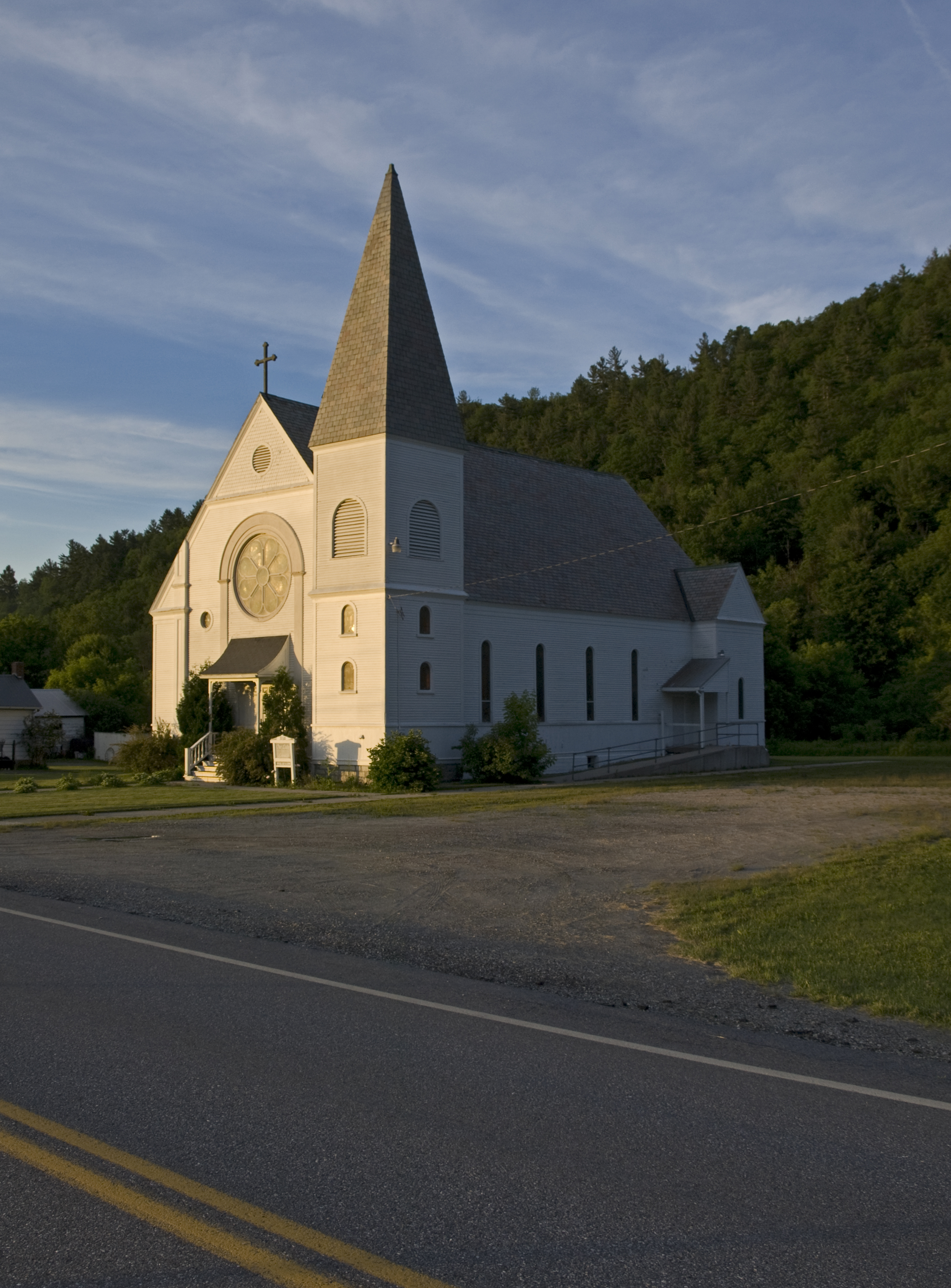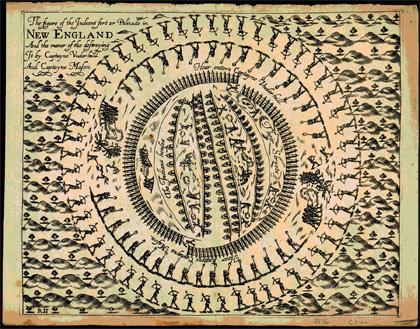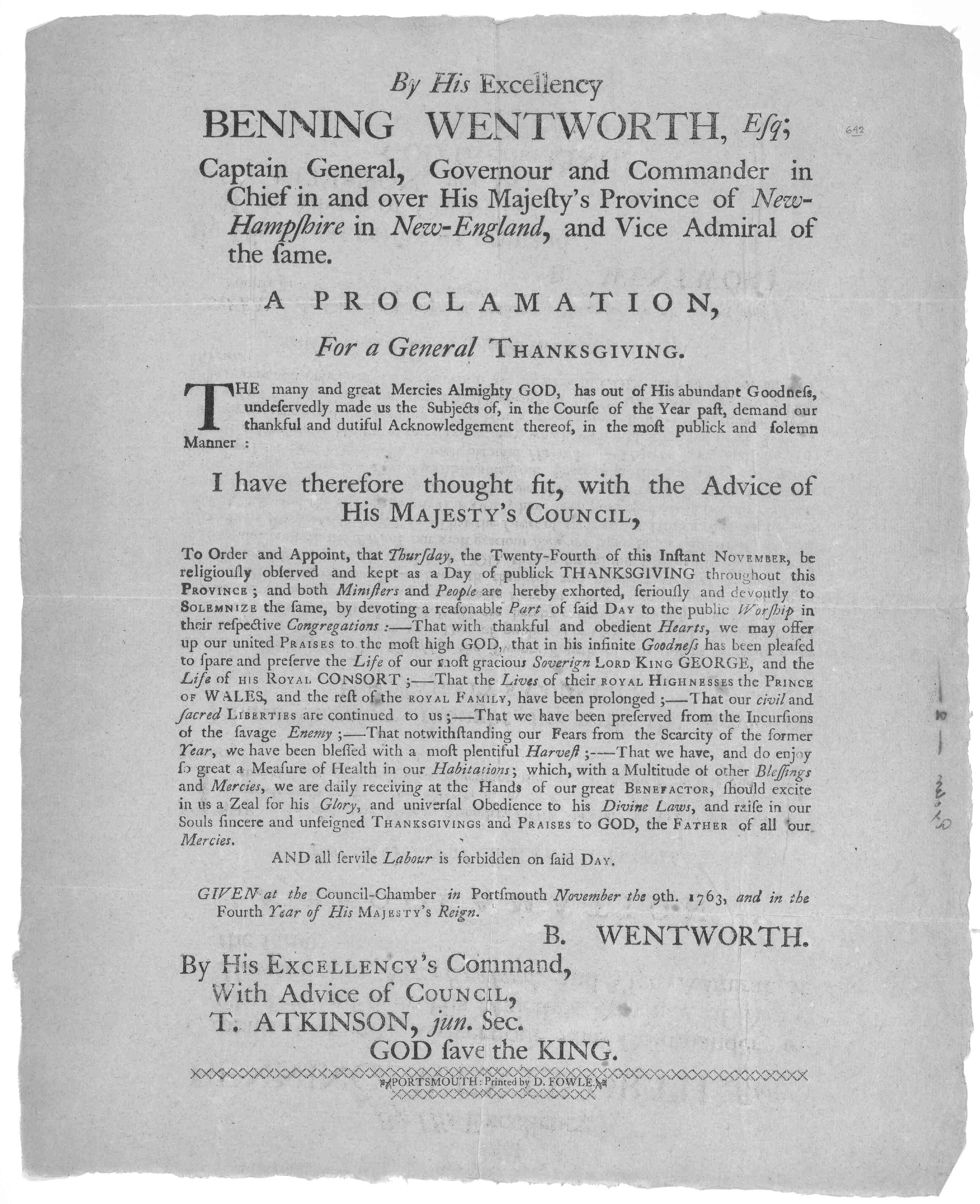|
Pownal, Vermont
Pownal is a New England town, town in Bennington County, Vermont, Bennington County, Vermont, United States. As of the 2020 United States Census, 2020 census, the town population was 3,258. The town of Pownal includes the villages of Pownal (CDP), Vermont, Pownal, North Pownal, Vermont, North Pownal, and Pownal Center, Vermont, Pownal Center. History During the Woodland period, the area was settled by the Mahican people, with others, such as the Mohawk nation, Mohawks, traveling across it. By the late 17th century, Europeans may have entered the area as a result of the establishment of the Dutch patroonship owned by Kiliaen van Rensselaer (merchant), Kiliaen van Rensselaer, the Manor of Rensselaerswyck, which extended west and east out of Albany, New York, Albany and the fur trading community of Beverwyck. The southwestern corner of Pownal was part of the patroonship. Rensselaerswyck passed into English control in 1664. The first European settlers may have entered the area in the ... [...More Info...] [...Related Items...] OR: [Wikipedia] [Google] [Baidu] |
New England Town
The town is the basic unit of Local government in the United States, local government and local division of state authority in the six New England states. Most other U.S. states lack a direct counterpart to the New England town. New England towns overlie the entire area of a state, similar to civil townships in other states where they exist, but they are fully functioning Incorporation (municipal government), municipal corporations, possessing powers similar to city, cities and county, counties in other states. Local government in New Jersey, New Jersey's system of equally powerful townships, boroughs, towns, and cities is the system which is most similar to that of New England. New England towns are often governed by a town meeting, an assembly of eligible town residents. The great majority of municipal corporations in New England are based on the town model; there, statutory forms based on the concept of a Place (United States Census Bureau), compact populated place are uncommon ... [...More Info...] [...Related Items...] OR: [Wikipedia] [Google] [Baidu] |
Woodland Period
In the classification of :category:Archaeological cultures of North America, archaeological cultures of North America, the Woodland period of North American pre-Columbian cultures spanned a period from roughly 1000 BC to European contact in the eastern part of North America, with some archaeologists distinguishing the Mississippian period, from 1000 AD to European contact as a separate period. The term "Woodland Period" was introduced in the 1930s as a generic term for prehistoric, prehistoric sites falling between the Archaic period in the Americas, Archaic hunter-gatherers and the agriculturalist Mississippian cultures. The Eastern Woodlands cultural region covers what is now eastern Canada south of the Subarctic region, the Eastern United States, along to the Gulf of Mexico. This period is variously considered a developmental stage, a time period, a suite of technological adaptations or "traits", and a "family tree" of cultures related to earlier Archaic cultures. ... [...More Info...] [...Related Items...] OR: [Wikipedia] [Google] [Baidu] |
Colony Of Rhode Island And Providence Plantations
The Colony of Rhode Island and Providence Plantations was an English colony on the eastern coast of America, founded in 1636 by Puritan minister Roger Williams after his exile from the Massachusetts Bay Colony. It became a haven for religious dissenters and was known for its commitment to religious freedom and self-governance. The colony was officially chartered by the Patent of 1643–1644, granted by the Parliament of England, English Parliament. It received a more comprehensive Rhode Island Royal Charter, Royal Charter in 1663 from King Charles II of England, Charles II, which established its government and guaranteed its religious liberties. Rhode Island continued as a self-governing colony until 1776, when it declared independence from Kingdom of Great Britain, Great Britain during the American Revolution, becoming the Rhode Island, State of Rhode Island and Providence Plantations. First settlements The land was first owned by the Narragansett people, Narragansett Indian ... [...More Info...] [...Related Items...] OR: [Wikipedia] [Google] [Baidu] |
Connecticut Colony
The Connecticut Colony, originally known as the Connecticut River Colony, was an English colony in New England which later became the state of Connecticut. It was organized on March 3, 1636, as a settlement for a Puritans, Puritan congregation of settlers from the Massachusetts Bay Colony led by Thomas Hooker. The English would secure their control of the region in the Pequot War. Over the course of the colony's history it would absorb the neighboring New Haven Colony, New Haven and Saybrook Colony, Saybrook colonies. The colony was part of the briefly-lived Dominion of New England. The colony's founding document, the Fundamental Orders of Connecticut has been called the first written constitution of a democratic government, earning Connecticut the nickname "The Constitution State". History Prior to European settlement, the land that would become Connecticut was home to the Wappinger, Wappinger Confederacy along the western coast and the Niantic people, Niantics on the eastern ... [...More Info...] [...Related Items...] OR: [Wikipedia] [Google] [Baidu] |
Province Of Massachusetts Bay
The Province of Massachusetts Bay was a colony in New England which became one of the thirteen original states of the United States. It was chartered on October 7, 1691, by William III and Mary II, the joint monarchs of the kingdoms of England, Scotland, and Ireland, and was based in the merging of several earlier British colonies in New England. The charter took effect on May 14, 1692, and included the Massachusetts Bay Colony, the Plymouth Colony, the Province of Maine, Martha's Vineyard, Nantucket, Nova Scotia, and New Brunswick; the Commonwealth of Massachusetts is the direct successor. Maine has been a separate state since 1820, and Nova Scotia and New Brunswick are now Canadian provinces, having been part of the colony only until 1697. The name Massachusetts comes from the Massachusett Indians, an Algonquian peoples, Algonquian tribe. It has been translated as "at the great hill", "at the place of large hills", or "at the range of hills", referencing the Blue Hills Re ... [...More Info...] [...Related Items...] OR: [Wikipedia] [Google] [Baidu] |
Thomas Pownall
Thomas Pownall (bapt. 4 September 1722 Old Style and New Style dates, N.S. – 25 February 1805) was a British colonial official and politician. He was governor of the Province of Massachusetts Bay from 1757 to 1760, and afterwards sat in the House of Commons from 1767 to 1780. He travelled widely in the North American colonies prior to the American Revolutionary War, opposed Parliamentary attempts to tax the colonies, and was a minority advocate of colonial positions until the Revolution. Classically educated and well-connected to the colonial administration in London, Pownall first travelled to North America in 1753. He spent two years exploring the colonies before being appointed Lieutenant Governor of Province of New Jersey, New Jersey in 1755. He became governor of Massachusetts in 1757 after helping engineer the recall of longtime Governor William Shirley. His administration was dominated by the French and Indian War (the Seven Years' War) in which Pownall was instrume ... [...More Info...] [...Related Items...] OR: [Wikipedia] [Google] [Baidu] |
Benning Wentworth
Benning Wentworth (July 24, 1696 – October 14, 1770) was an American merchant, landowner and colonial administrator who served as the List of colonial governors of New Hampshire, governor of New Hampshire from 1741 to 1766. He is best known for issuing New Hampshire Grants, several land grants in territories claimed by the Province of New Hampshire west of the Connecticut River while serving as governor, which led to disputes with the neighboring Province of New York and the eventual establishment of Vermont. Born in Portsmouth, New Hampshire into a prominent local family, Wentworth was groomed by his father John Wentworth (lieutenant governor, born 1671), John while growing up to assume control over the family businesses. However, Wentworth's misbehavior while studying at Harvard College led him to be sent by his father to Boston instead in 1715. There, Wentworth was apprenticed to his uncle before working as a merchant. In 1730, he returned to Portsmouth to assume control o ... [...More Info...] [...Related Items...] OR: [Wikipedia] [Google] [Baidu] |
Province Of New Hampshire
The Province of New Hampshire was an English colony and later a British province in New England. It corresponds to the territory between the Merrimack and Piscataqua rivers on the eastern coast of North America. It was named after the English county of Hampshire in southern England by Captain John Mason in 1629, its first named proprietor. In 1776, the province established an independent state and government, the State of New Hampshire, and joined with twelve other colonies to form the United States. Europeans first settled New Hampshire in the 1620s, and the province consisted for many years of a small number of communities along the seacoast, Piscataqua River, and Great Bay. In 1641 the communities were organized under the government of the Massachusetts Bay Colony, until Charles II issued a colonial charter for the province and appointed John Cutt as President of New Hampshire in 1679. After a brief period as a separate province, the territory was absorbed into the ... [...More Info...] [...Related Items...] OR: [Wikipedia] [Google] [Baidu] |
Beverwyck
Beverwijck ( ; ), often written using the pre-reform orthography Beverwyck, was a fur-trading community north of Fort Orange on the Hudson River within Rensselaerwyck in New Netherland that was renamed and developed as Albany, New York, after the English took control of the colony in 1664. History During the 1640s, the name ''Beverwijck'' began to be used informally by the Dutch for their settlement of fur traders north of the fort. The village of Beverwijck arose out of a jurisdictional dispute between the patroonship of Rensselaerswijck and the Dutch West India Company (WIC) over the legal status of the community of some two hundred colonists living in the vicinity of the WIC Fort Orange on the west bank of the Upper North River. In 1652, Peter Stuyvesant, director general of New Netherland, extended WIC jurisdiction over the settlers who lived near Fort Orange. In the late 1650s, colonists built a palisade around Beverwijck, and it had become economically and politica ... [...More Info...] [...Related Items...] OR: [Wikipedia] [Google] [Baidu] |
Albany, New York
Albany ( ) is the List of capitals in the United States, capital city of the U.S. state of New York (state), New York. It is located on the west bank of the Hudson River, about south of its confluence with the Mohawk River. Albany is the oldest city in New York, and the county seat of and most populous city in Albany County, New York, Albany County. Albany's population was 99,224 at the 2020 United States census, 2020 census and estimated at 101,228 in 2023. The city is the economic and cultural core of New York State's Capital District (New York), Capital District, a metropolitan area including the nearby cities and suburbs of Colonie, New York, Colonie, Troy, New York, Troy, Schenectady, New York, Schenectady, and Saratoga Springs, New York, Saratoga Springs. With a population of 1.23 million in 2020, the Capital District is the third-most populous metropolitan region in the state. The Hudson River area was originally inhabited by Algonquian languages, Algonquian-speaking Mo ... [...More Info...] [...Related Items...] OR: [Wikipedia] [Google] [Baidu] |
Manor Of Rensselaerswyck
Rensselaerswyck was a Dutch colonial patroonship and later an England, English Proprietary colony, manor owned by the Van Rensselaer (family), van Rensselaer family located in the present-day Capital District, New York, Capital District of New York (state), New York in the United States. The estate was originally deeded by the Dutch West India Company in 1630 to Kiliaen van Rensselaer (merchant), Kiliaen van Rensselaer, a Dutch merchant and one of the company's original directors. Rensselaerswyck extended for miles on each side of the Hudson River. It included most of the land that would later become the New York counties of Albany County, New York, Albany and Rensselaer County, New York, Rensselaer, as well as parts of Columbia County, New York, Columbia and Greene County, New York, Greene counties. Under the terms of the patroonship, the patroon had nearly total jurisdictional authority, establishing civil and criminal law, villages, and a church (in part to record vital records ... [...More Info...] [...Related Items...] OR: [Wikipedia] [Google] [Baidu] |
Kiliaen Van Rensselaer (merchant)
Kiliaen van Rensselaer (; 1586 – buried 7 October 1643) was a Dutch diamond and pearl merchant from Amsterdam who was one of the founders and directors of the Dutch West India Company, being instrumental in the establishment of New Netherland. He was one of the first patroons, but the only one to become successful. He founded the Manor of Rensselaerswyck in what is now mainly New York (state), New York's Capital District, New York, Capital District. His estate remained throughout the Dutch Empire, Dutch and British Empire, British colonial era and the American Revolution as a legal entity until the 1840s. Eventually, that came to an end during the Anti-Rent War. Van (Dutch), Van Rensselaer was the son of Hendrick Wolter van Rensselaer, a soldier from Nijkerk in the ''States army of the duke of Upper Saxony'', and Maria Pafraet, descendant of a well-known printers' dynasty. To keep from risking his life in the army like his father, he apprenticed under his uncle, a successful ... [...More Info...] [...Related Items...] OR: [Wikipedia] [Google] [Baidu] |







